|
Last week we tried blobbing paint onto our paper using either pouring or eyedroppers. Then looking at what we created and cropping, turning, adding negative shapes, and whatever to find something interesting.
This week we'll be taking that one step further. We'll be dropping paint, then finding creatures which we will enhance with ink pens. And then - Zentangle! Every artist that ever existed and many who weren't artists can relate to the doodling they used to do when they were in school . Or maybe do now when onm a phone call waiting for the real human to answer. That doodling can be a wonderful source of relaxation. So we're going to try it this week to get us ready for a relaxing summer - if it ever decides to come! Some good websites about framing
|
AuthorKathy Glenn Archives
April 2018
Categories |
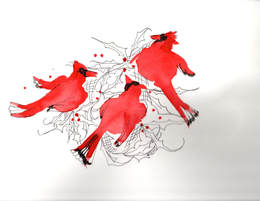
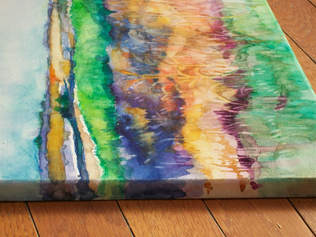
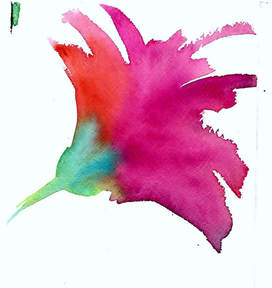
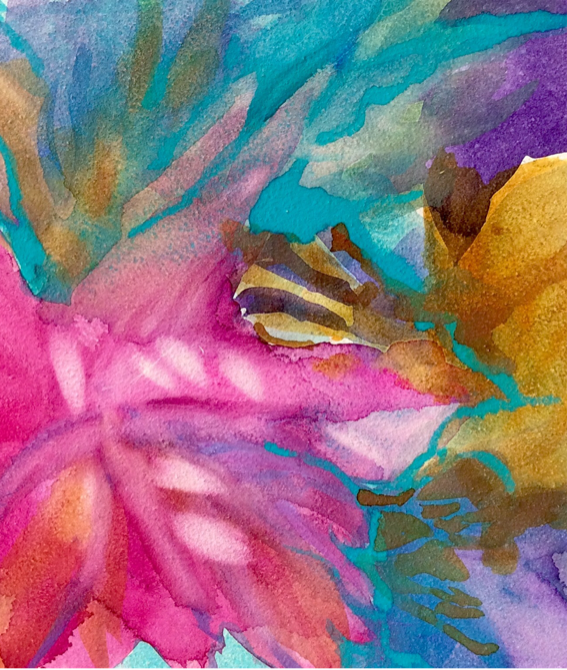
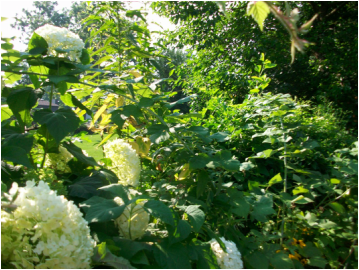
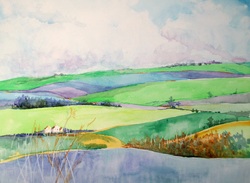
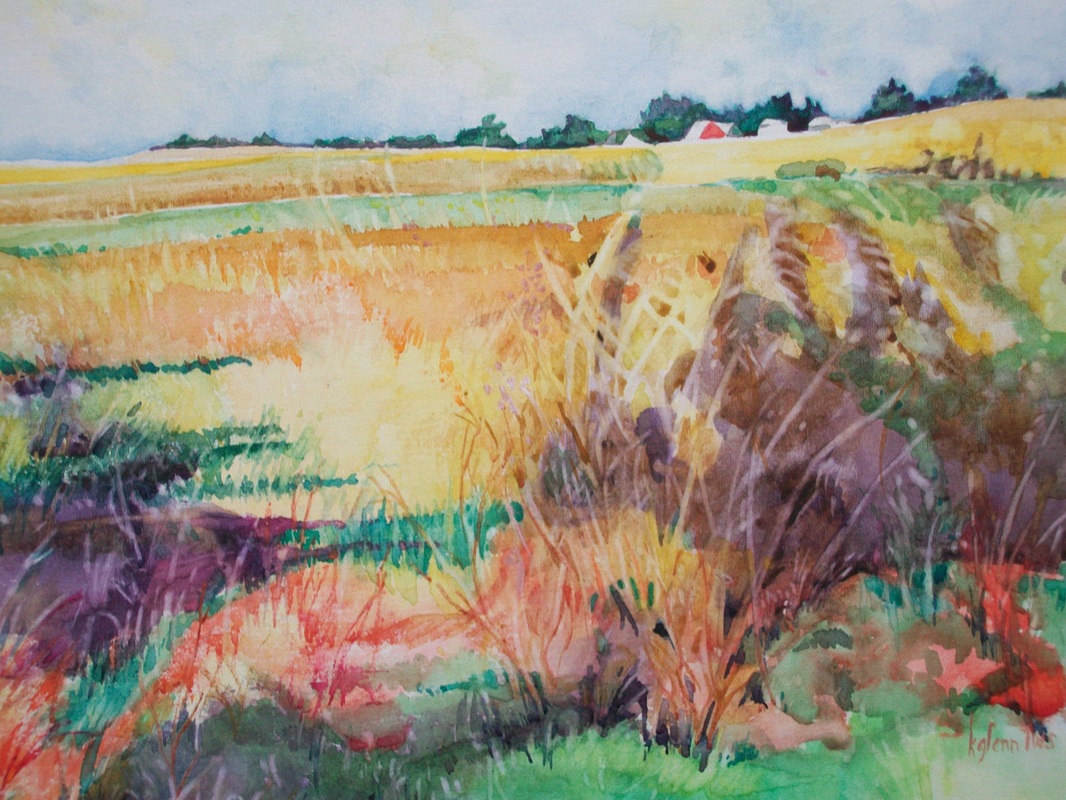
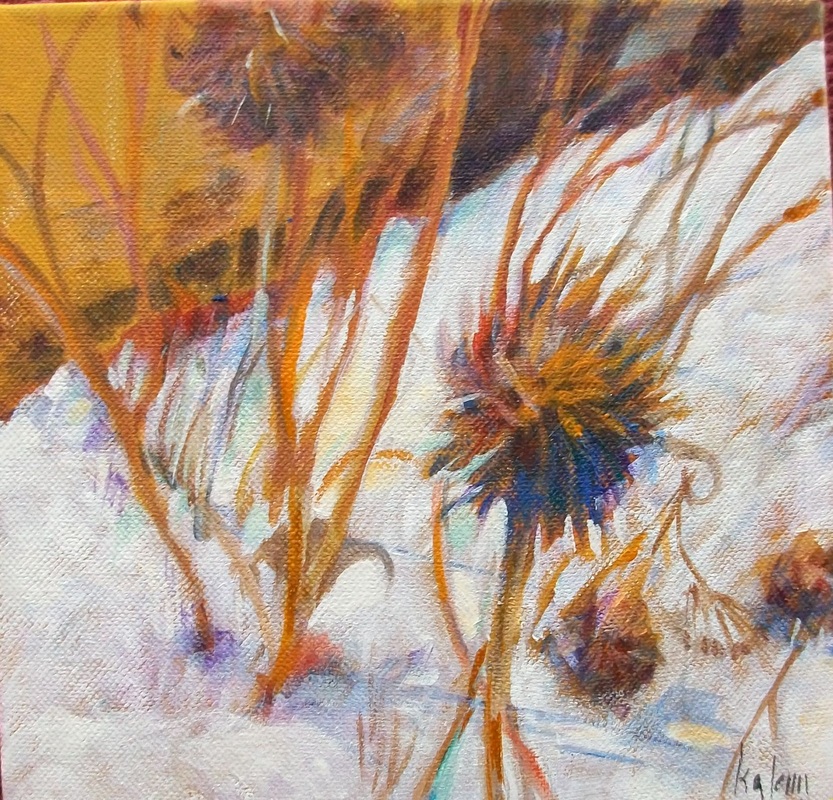
 RSS Feed
RSS Feed